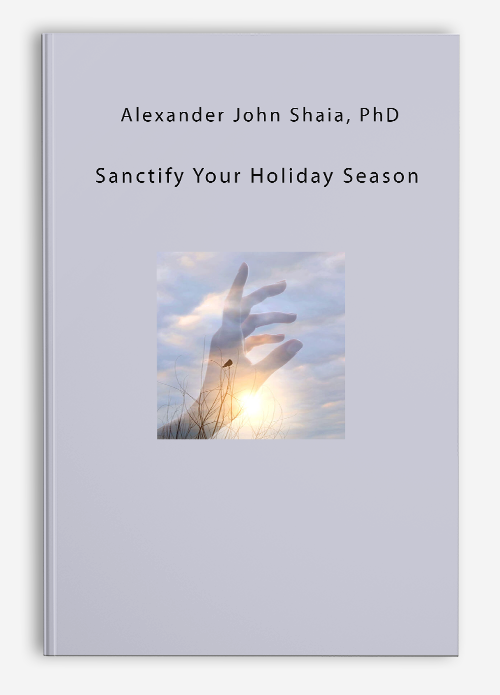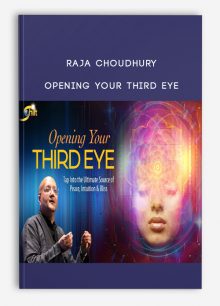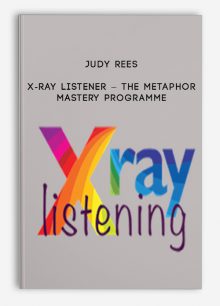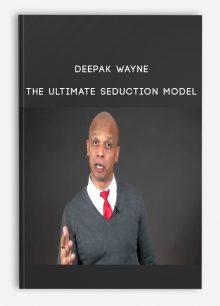Subtotal: $67.00
Alexander John Shaia, PhD – Sanctify Your Holiday Season
$95.00
The final day of the Celtic and Christian Festival is now January 6th — the 13th Day.
Module 1: Learn the True Story of Christmas to Reconnect With Mother Earth & Harmonize Your Own Inner Seasons
Hear the ancient Celtic Christmas Story told anew to help you live a more vital, inspired life in the midst of dark days.
Interweaving anthropology, Jungian psychology, mythology, and spirituality, Alexander John will share the long-lost picture of how the Celts completely reshaped Christianity.
One of the most cherished pieces of that reshaping is the 13 Days of Christmas. Thirteen was the number of the Celtic Winter Solstice Festival in honor of the Great Mother and the mysteries of birth, including that of the sun.
This module, you’ll explore the festival’s two core values: generosity and generativity… and how the Celt’s Winter Solstice Festival evolved into the 13 Days of Christmas.
Module 2: Hallow the Dark — Connect With Your Own Luminosity & Spark Inner Transformation Through the Celtic Winter & Christian Advent
This module, you’ll explore Celtic practices for November and December — and how those practices created Christianity’s Season of Advent.
The Celts — and the Christians who first met the Celtic world — hallowed darkness as the womb (mother) of new beginnings. In those days, both traditions honored the cosmic holy interplay of dark and light.
And both perceived the time of November/December (Northern Hemisphere) as the holy dark… a womb time where darkness serves as a birth chamber for fresh radiance.
As a result, early Celtic Christianity crafted Advent as a time of preparation for our inner womb… where we participated with the Earth as a Dark Madonna — a place from which fresh radiance will be born.
For Christians, Mary is the Dark Madonna, and The Christos is that fresh radiance.
Module 3: Unite the Sacred Feminine & Masculine to Cultivate Inner Peace & Wholeness Through the Sacred-Sexual Symbolism of the Great Tree
Lighting a Great Tree is one of the world’s most endearing rituals of wonder and awe. You’ll explore the ritual’s origins and its significance for the ancient Celts…
… and discover how the tree’s importance in the Celtic world reshaped Christianity’s use and imagery, including the cross.
You’ll also explore why the tree became a central symbol in the Celtic dark season… and why early Celtic Christians incorporated it into their practice.
As you learn about the Great Tree, you’ll come to appreciate its symbolism as an invitation to unite seemingly opposite and contrary meanings…
… and connect with the Aramaic understanding of one ever-present, on-going eternal breath — known as the Messiah or the Christos (The Christ).
Module 4: Celebrate Jesus as a Timeless Universal Reality to Ease Isolation & Amplify the Radiance of Christmas Day
The Winter Solstice is essential to the Feast of Christmas.
What did the early Christians discover in the Celtic world about the Solstice? Why did the Solstice and Christmas become separated by three days centuries later?
You’ll explore these questions and more, including how this separation has led to a horrendous misunderstanding with tragic consequences for Christian spiritual practice.
For Christians, this rejoining of Solstice and Christmas will help us appreciate Jesus as an inclusive universal reality.
You’ll also learn practices for the Winter Solstice through the first day of Christmas — including sunset on December 24, in the night, at dawn, and finally… in the daylight of Christmas morning.
Module 5: Explore the Feasts & Rituals of Wrens, Wine & Fools to Find Hope in the Mystery of Birth
The Celtic Festival was about the practice of generosity and generativity — each day of the festival highlighted another aspect of these practices.
You’ll explore the 2nd through 6th day of Christmas — the Celts’ celebration and the Christian translation of the day into its own story and practice.
For instance, the 2nd day of the Celtic Festival is in honor of the Sacred Masculine. It was a day when men and boys were to sacrifice a wren. The Christian Festival kept to the story of the Sacred Masculine and made this the feast of Stephen, the first Christian martyr.
You’ll discover how the Celtic and Christian days are in honor of the same principle but different stories… and come to appreciate the deeper meaning of these practices for men and boys.
Celtic and Christian stories also honor generosity and generativity on the 3rd through 6th days of the festival… you’ll explore them as well.
Module 6: Bless & Protect Your New Year With Mistletoe, Wassail & Grumbling
There was a time when mistletoe was considered an herb with healing and protective properties.
As a result, it was only to be harvested by a spiritual elder (a shaman or druid priest) who would then provide each home with a branch. The members of the household would take the branch to each room, asking that its mystical properties cleanse the house from any ill spirit found there. Finally, the mistletoe was hung over the front door as a talisman to protect the house and block any dark spirit from entering.
The Christian story of this day involves blessing each room of your home with sacred baptismal water. This sacred water — blessed by a priest — offers a home a spiritual cleansing, as well as a protective prayer for all over the coming year.
You’ll continue your walk through the 13 Days exploring the stories and aspects of birth celebrated on the 7th through 11th days of the festival.
The 7th day of the festival corresponds to today’s 31st of December — the last day of the civil year. While we think of mistletoe as something to be hung before Christmas Day, for the Celts, it was hung on this the 7th day of the festival.
Module 7: Celebrate the Mysticism of Mardi Gras With Spiritual Practices to Manifest Radiance
The final day of the Celtic and Christian Festival is now January 6th — the 13th Day.
For the Celts, this day celebrated the growing radiance that was first noticed just past the Solstice. Now what was almost imperceptible to the naked eye has become easily seen, felt, and robust.
In this final class, you’ll learn how the Christian lore of this day has become muddled over the centuries… as Chrisitans have used three gospel stories to speak of radiance becoming manifest.
One of those three stories is the arrival of the Magi. Unfortunately, that story has overtaken the meaning of the feast and is now seen as a literal historical event on this date.
The other two Christian passages for this feast (known as the Epiphany) are Jesus coming up from the waters of a mikvah bath (jewish baptism) and the wedding feast at Cana.
You’ll explore all three passages, with a focus on the mystical marriage at Cana and its full impact on the 13th and final day of the festival. Alexander John will also share how the 13th Day is “omega and alpha.”
This day closes the Festival of Christmas and simultaneously opens the Festival of Mardi Gras or Carnival that extends from the 6th of January until the opening of Lent.
More courses from this author: Alexander John Shaia
Be the first to review “Alexander John Shaia, PhD – Sanctify Your Holiday Season” Cancel reply
Related products
HYPNOSIS - NLP Courses
HYPNOSIS - NLP Courses
HYPNOSIS - NLP Courses
HYPNOSIS - NLP Courses
HYPNOSIS - NLP Courses
HYPNOSIS - NLP Courses

 Unlimited Lover from David Snyder
Unlimited Lover from David Snyder 








Reviews
There are no reviews yet.